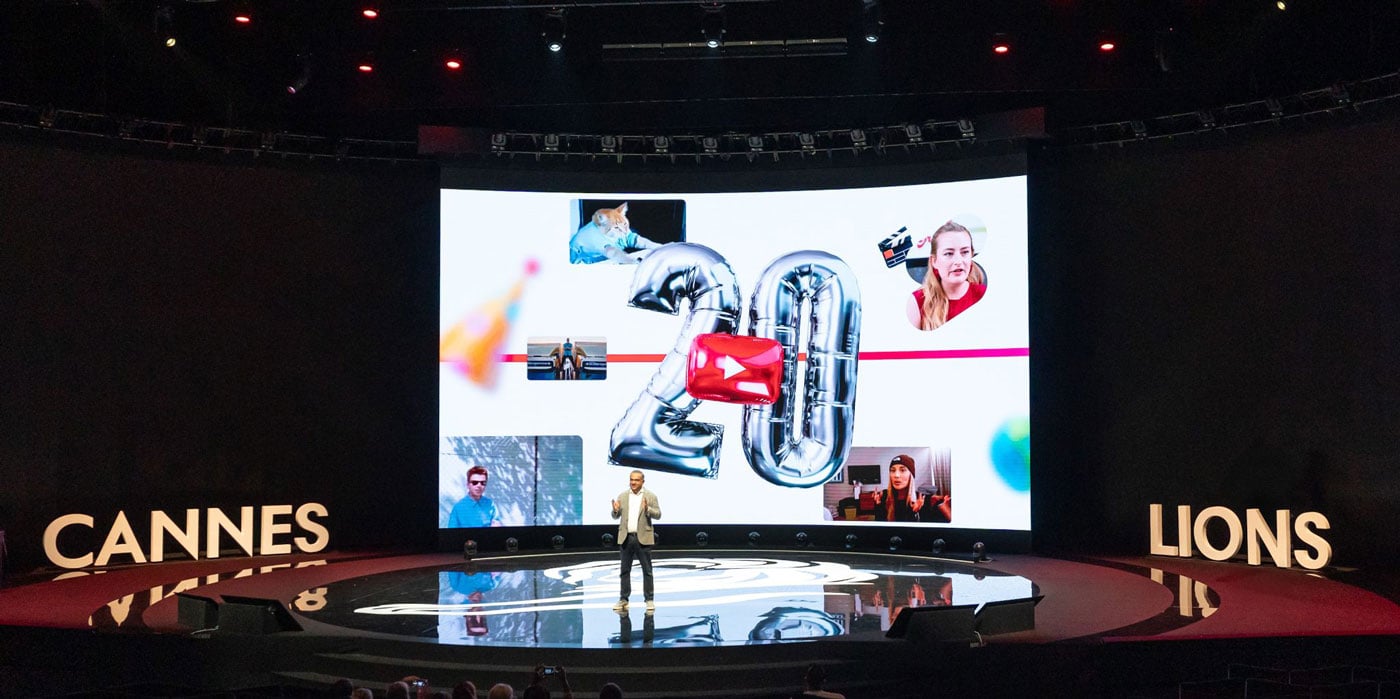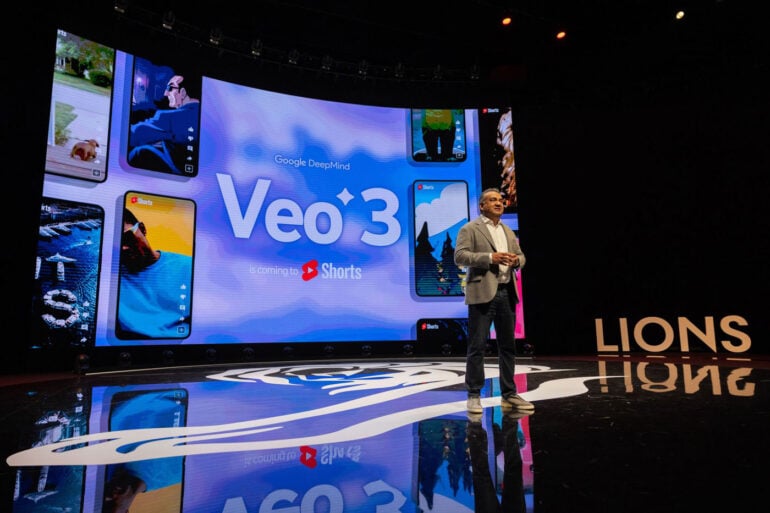Google has announced the imminent arrival of Veo 3, its artificial intelligence video generation model, on YouTube and in Canva. The tool lets you create 8-second clips in 4K with synchronized audio from a simple text or visual prompt.

At the Cannes Lions Festival 2025, Google made official the arrival of Veo 3, its artificial intelligence video generator, within its YouTube platform, via YouTube Shorts. This advance goes far beyond Veo’s previous use for YouTube-generated backgrounds: it promises videos with synchronized audio, music and dialogue.
“AI technology will push the limits of human creativity,” said YouTube CEO Neal Mohan, speaking at Cannes. The head of the world’s largest video platform also unveiled a new milestone for Shorts, those mini video formats, which now record over 200 billion views a day on average.
At the same time, Canva becomes one of the first creative tools to integrate Veo 3 via its new Create a Video Clip function, enabling 8-second videos with native sound to be generated from a prompt. The feature is available for paying customers.
While this announcement marks a technical breakthrough, it’s part of a movement that’s already well underway. Numerous tools such as Runway, Pika, CapCut AI or Synthesia already facilitate the creation of automated B-rolls, widely used on TikTok and Instagram. Video AI is gradually becoming a natural extension of content creation workflows.
In a promotional video released by Google, director Dave Clark said: “It feels like it almost builds itself,” expressing the creative freedom the tool offers.
But this increased accessibility also raises the question of visual misinformation. In Los Angeles in early June, several AI-generated videos circulated during anti-eviction protests. Some of these, perceived as authentic, contributed to media confusion and the dissemination of false information.
Veo’s ability to generate realistic scenes, including dialogue, makes this risk even more acute. Google’s response? A digital watermark via SynthID and metadata to identify the content generated. But given the increasing fluidity of these videos, vigilance on the part of platforms and users remains more essential than ever.


